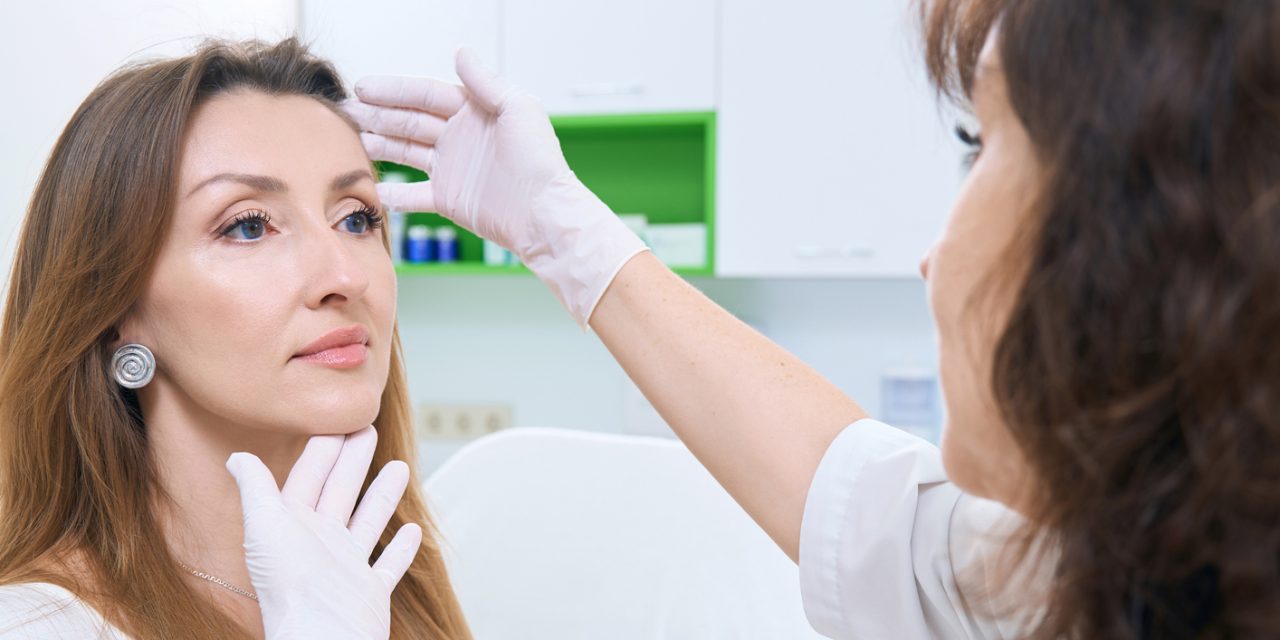Recent research has shed light on the incidence, causes, and pathogenetic implications of skin pH alterations in atopic dermatitis, notably in terms of skin barrier function and Staphylococcus aureus colonization. In atopic dermatitis, research showed that reduced filaggrin proteolysis and sweat secretion impeded the release of proton donors such as amino acids, urocanic acid, and lactic acid to the stratum corneum. In addition, it appeared to be a problem with the production of free fatty acids from sebum lipids and epidermal phospholipids. Because the stratum corneum requires an acidic pH for both lipid structure and lipid metabolism, these changes might contribute to the disruption of skin barrier function seen in atopic dermatitis.
Furthermore, the pathophysiology driving enhanced skin colonization is found in atopic dermatitis. It became increasingly demarcated as pH-dependent, resulting in new knowledge of the pathophysiology underlying bacterial growth and pathogenicity of S. aureus, as well as defensive host mechanisms.
Reference:link.springer.com/article/10.2165/00128071-200405040-00002


